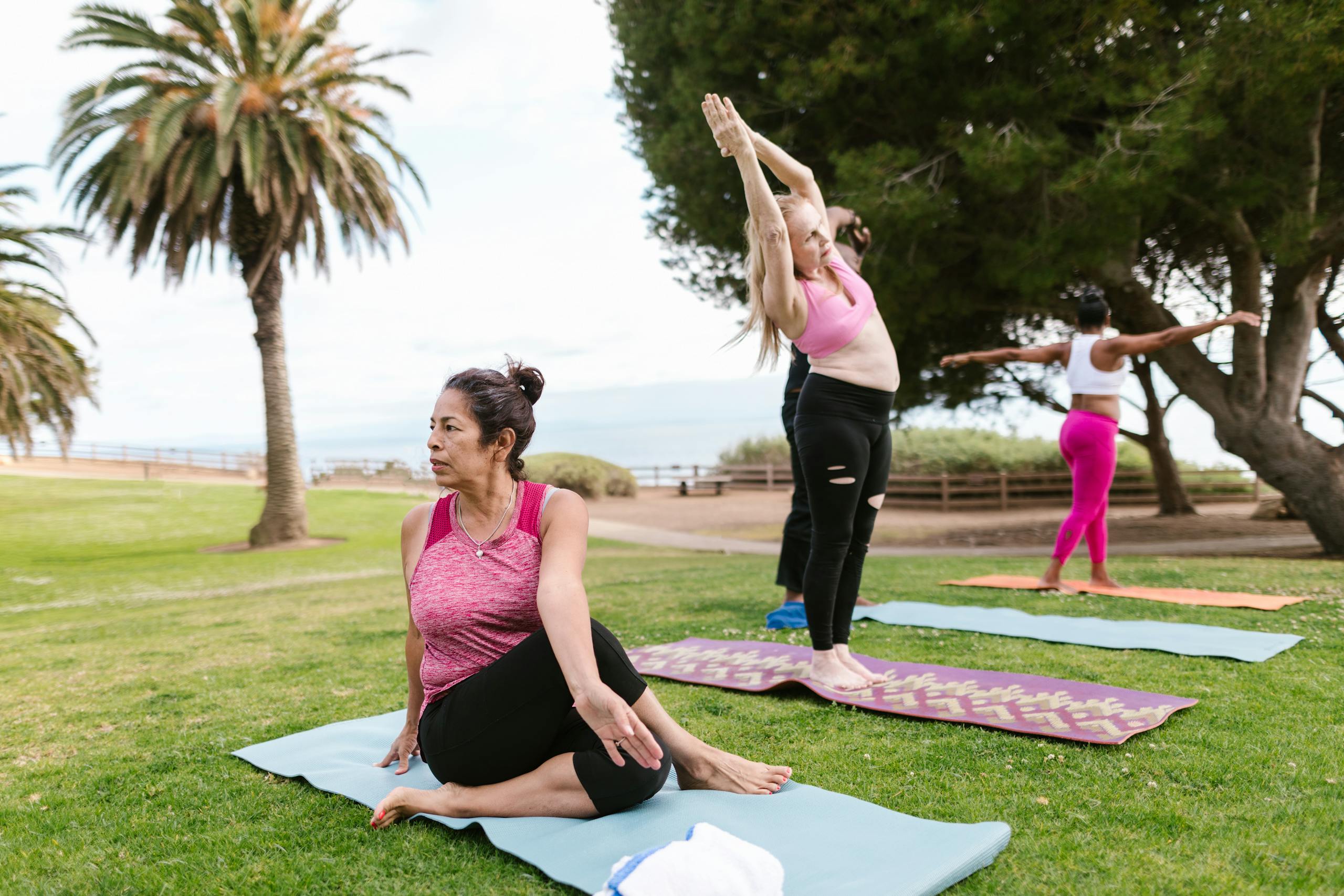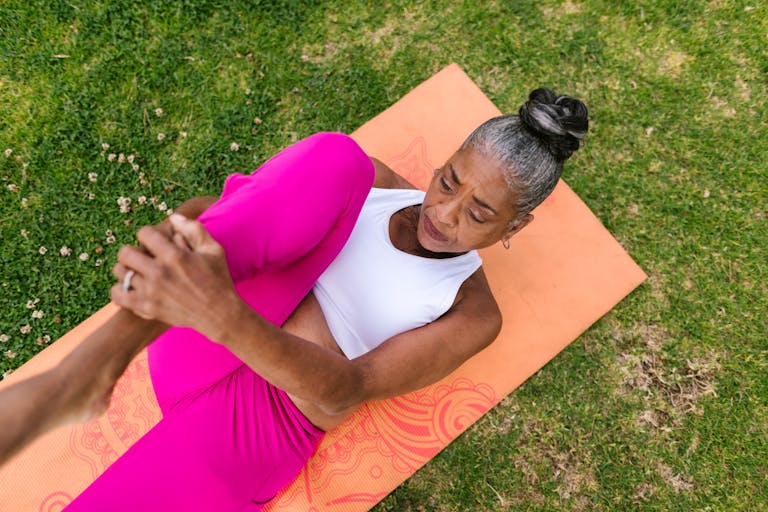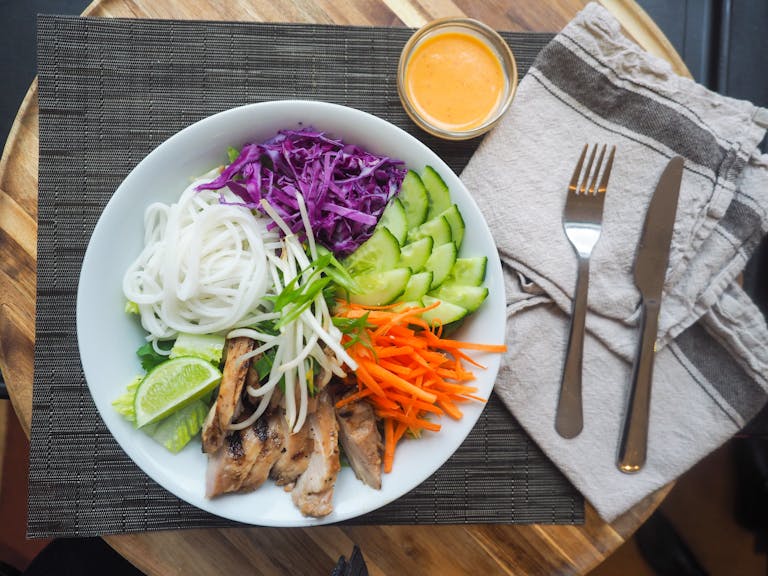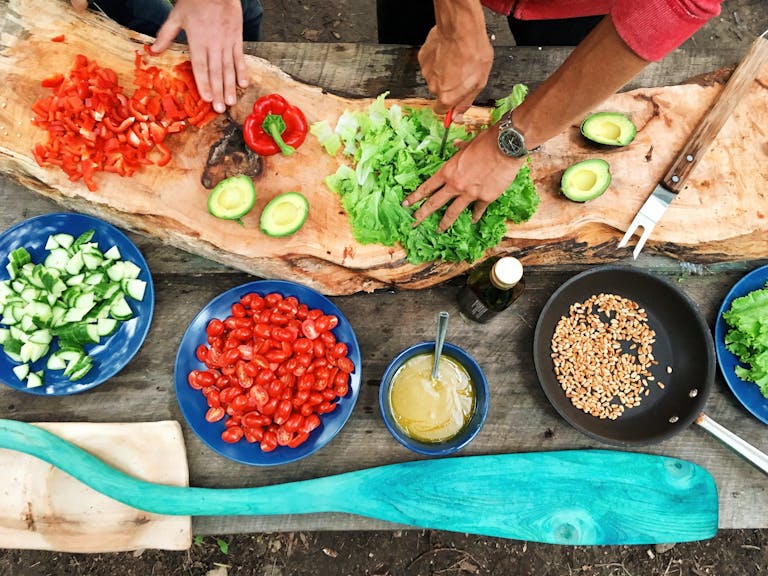7 Best Low-Impact Exercises for Joint Health After 60
If you’re over 60 and feeling those little aches and pains in your joints, don’t worry—you’re not alone!
But here’s the good news: staying active doesn’t have to hurt. In fact, the right exercises can help strengthen your joints, reduce stiffness, and keep you moving with ease!
The truth is, as we age, our joints need a little extra care, but that doesn’t mean we have to slow down.
In fact, the key to maintaining strong healthy joints, mobility and reducing pain is staying active—strategically!
Low-impact exercises are a game-changer for anyone over 60 looking to stay active and improve joint health without unnecessary strain.
Whether you want to keep up with the grandkids, enjoy your morning walks, or simply feel stronger every day, these gentle yet effective exercises will help.
The reality is, as we get older, our joints naturally lose some of their flexibility and cushioning.
Therefore these gentle movements strengthen muscles, improve flexibility, and keep you mobile without major discomfort.
If you’re ready to take charge of your joint health and feel stronger every day, let’s dive into the best low-impact exercises to keep you moving with confidence!
Why Low-Impact Exercises Are Essential for Joint Health
Unlike high-impact workouts that can stress the joints (like running or jumping), low-impact exercises focus on controlled, fluid movements that strengthen muscles, improve balance, and enhance mobility—all while being gentle on your joints.
Benefits of Low-Impact Exercise for Seniors:
✅ Reduces joint stiffness – Keeps joints lubricated and flexible.
✅ Strengthens muscles – Provides better support and stability for joints.
✅ Improves balance and coordination – Helps prevent falls and injuries.
✅ Enhances circulation – Supports joint tissue health and recovery.
✅ Boosts overall mobility – Makes everyday movements easier and pain-free.
Now, let’s explore the best exercises to keep your joints happy and healthy!
7 Best Low-Impact Exercises for Joint Health After 60
1. Swimming & Water Aerobics
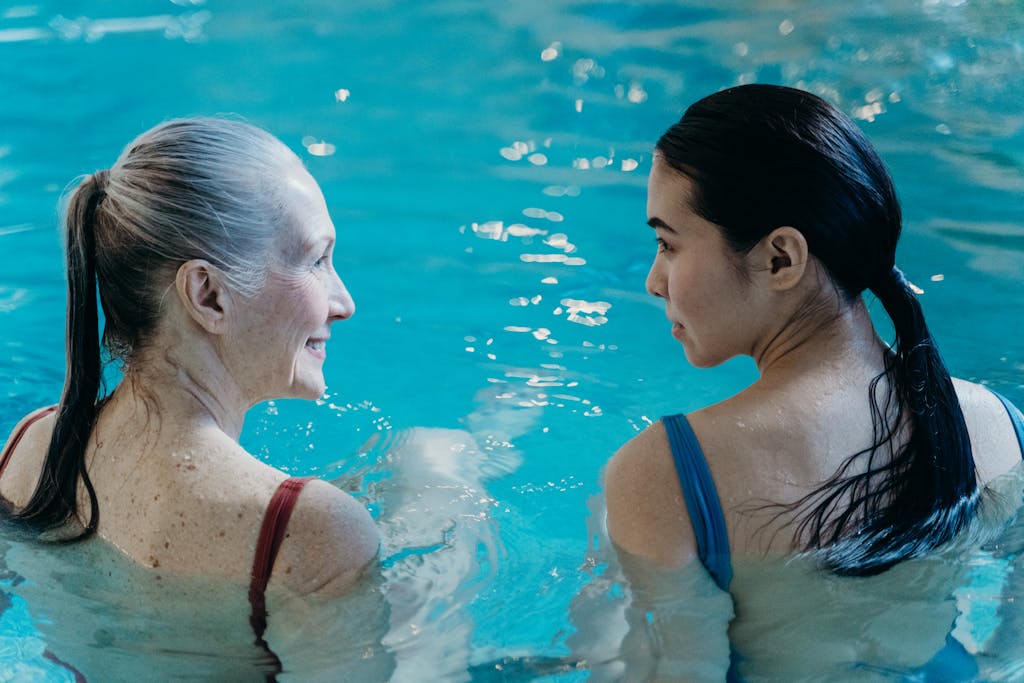
Why it’s great: Water is one of the best places to exercise when you have joint pain.
It naturally reduces the impact on your knees, hips, and back, allowing you to move freely without added strain.
The resistance of the water also gently strengthens your muscles while supporting your joints.
How to do it:
- Try gentle lap swimming at your own pace, focusing on smooth movements.
- Water walking in the shallow end is a great way to engage your legs and core while reducing pressure on your knees.
- Water aerobics classes offer fun, guided routines that enhance flexibility and balance—perfect for all fitness levels!
If you have access to a pool, this is one of the most effective and soothing ways to exercise without discomfort.
2. Walking
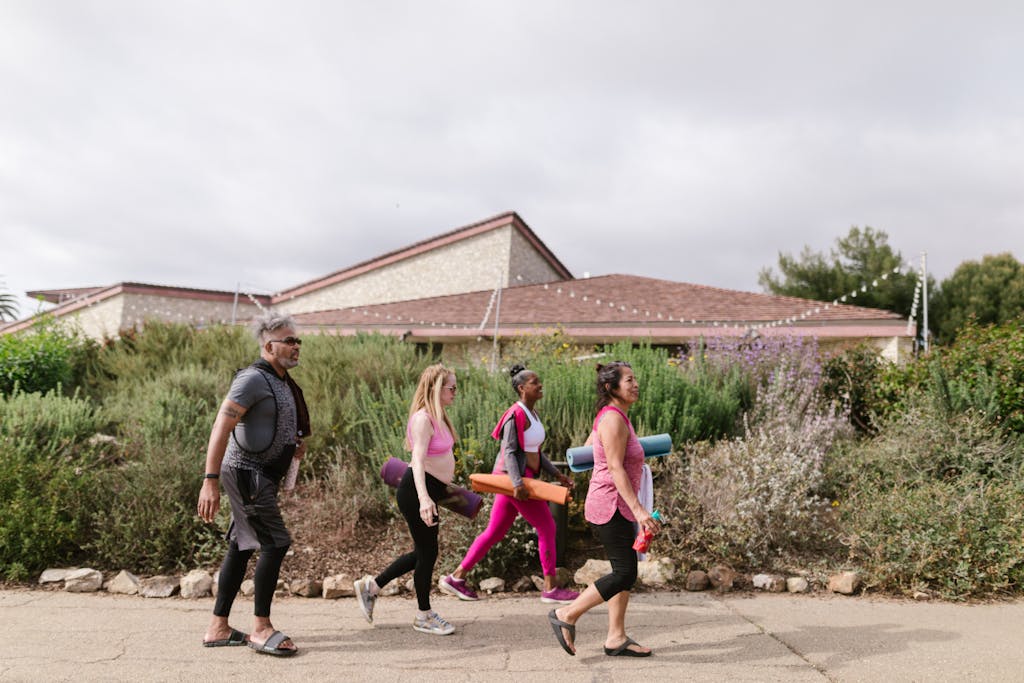
Why it’s great: Walking is simple, accessible, and one of the most effective ways to keep your joints moving.
It helps maintain bone density, improves circulation, and strengthens the muscles that support your knees and hips.
How to do it:
- Aim for 20–30 minutes a day at a comfortable pace. If that feels like too much, start with short 10-minute walks and gradually increase over time.
- Wear supportive shoes with good cushioning to protect your knees and ankles.
- Choose soft, even surfaces like parks or walking trails to reduce joint impact.
- If balance is a concern, using walking poles can add extra stability while also engaging your upper body.
Walking isn’t just about fitness—it’s a great way to enjoy fresh air, clear your mind, and boost your mood!
3. Cycling (Stationary or Outdoor)
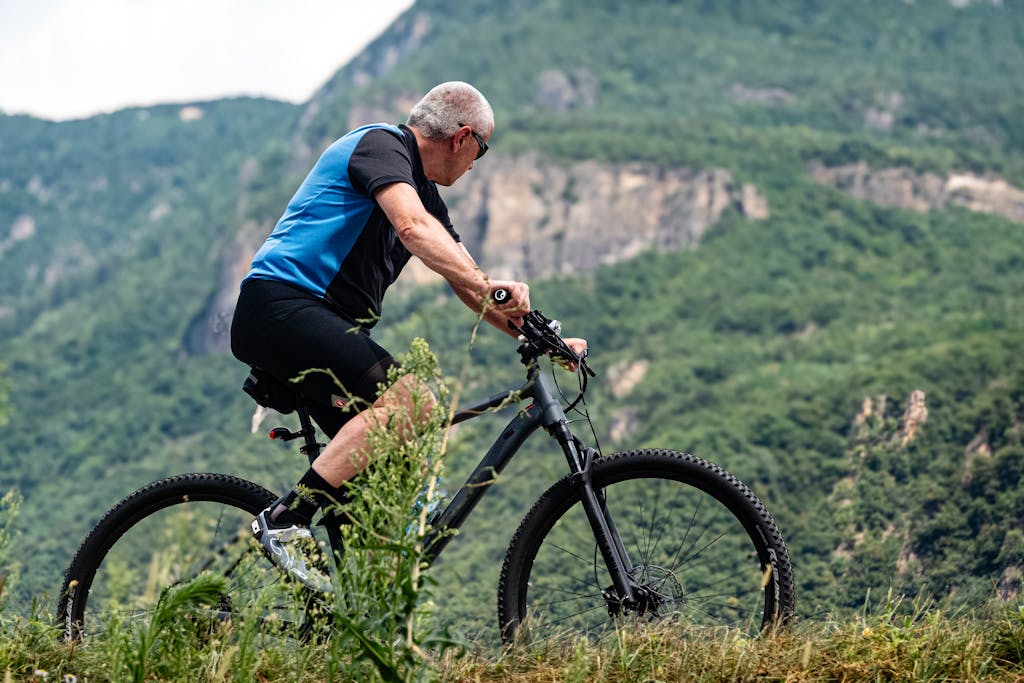
Why it’s great: Cycling is a fantastic low-impact option that strengthens the legs and improves cardiovascular health without the pounding impact of running.
Whether on a stationary bike or riding outdoors, this activity keeps your knees moving without excess strain.
How to do it:
- Start with 10–15 minutes at a moderate pace and gradually build up.
- If using a stationary bike, adjust the seat to a comfortable height so your knees are slightly bent at the lowest pedal position.
- Opt for a recumbent bike if you need extra back support and want to ease pressure on the joints.
Cycling is not only great for mobility—it’s also a fun way to stay active while listening to music or enjoying nature.
4. Chair Gentle Stretching
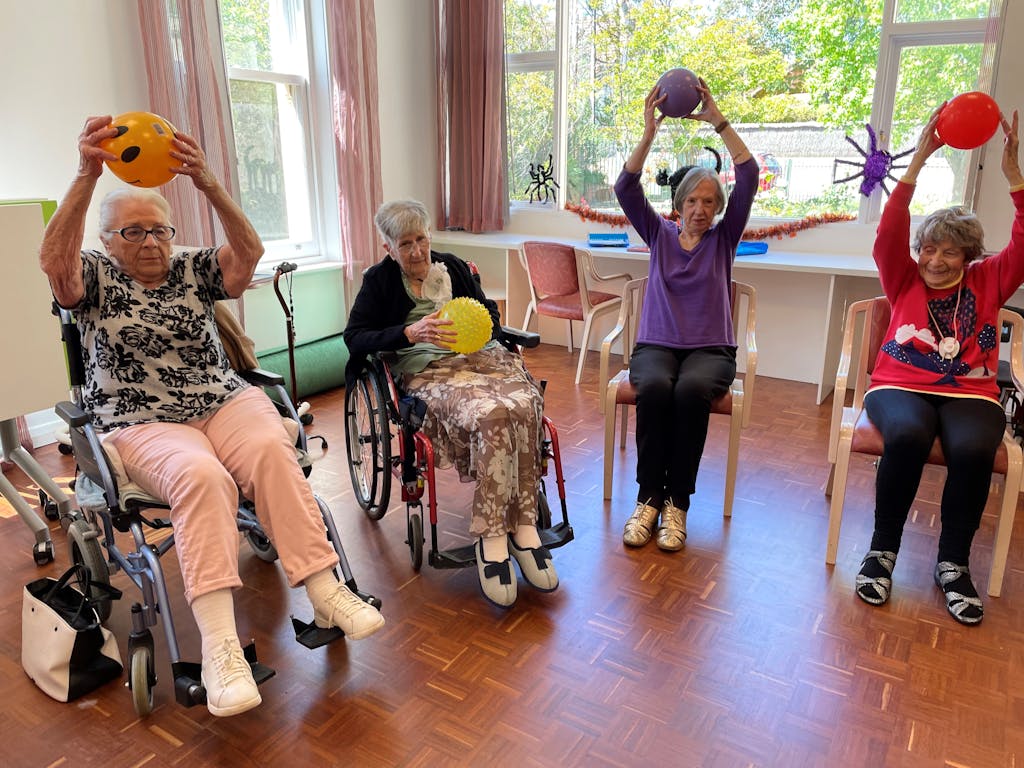
Why it’s great: Stretching increase flexibility, ease stiffness, and improve balance, all of which are essential for joint health.
If you have trouble getting down on the floor, chair stretching is a wonderful alternative!
How to do it:
- Chair stretching involves seated and standing stretches that improve mobility while reducing stress on your joints.
- Gentle movements like neck rolls, seated spinal twists, and forward bends help relieve tension and improve posture.
- If you’re comfortable on the floor, slow-paced yoga can further enhance flexibility while strengthening supportive muscles.
Regular stretching keeps your body loose, limber, and ready for movement without pain!
5. Strength Training with Resistance Bands
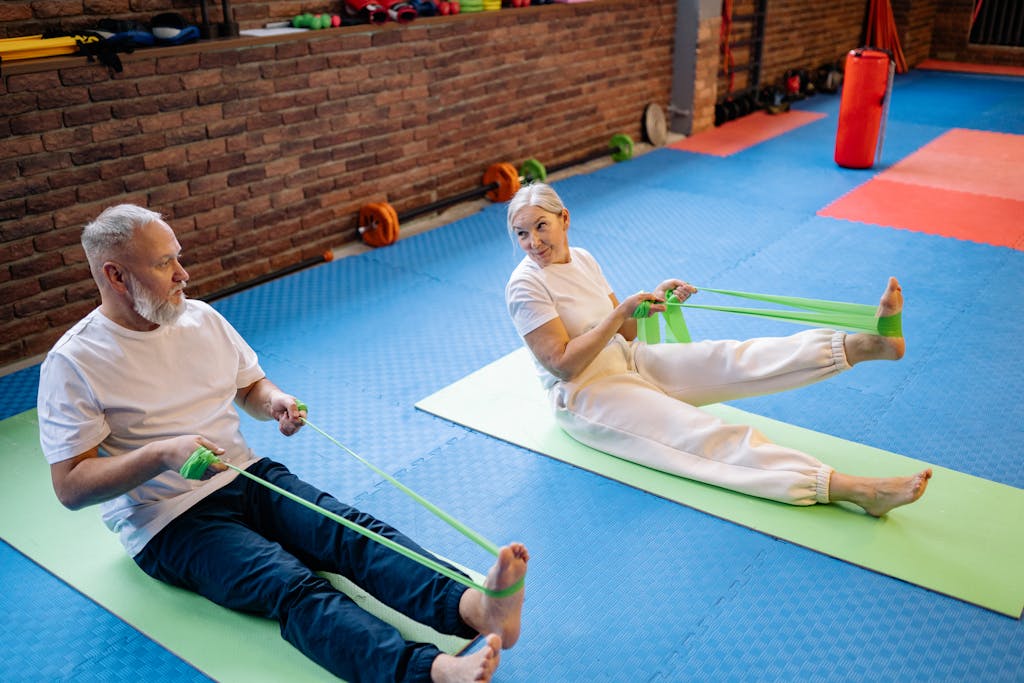
Why it’s great: Many joint issues stem from weak muscles that don’t properly support the joints.
Resistance bands provide a safe way to strengthen muscles without the risk of heavy weights.
How to do it:
- Use light resistance bands for arm curls, leg lifts, or seated exercises.
- Focus on slow, controlled movements to avoid sudden strain.
- Work out 2–3 times per week to build strength gradually.
The stronger your muscles, the less pressure your joints have to bear, leading to better mobility and less discomfort.
6. Tai Chi
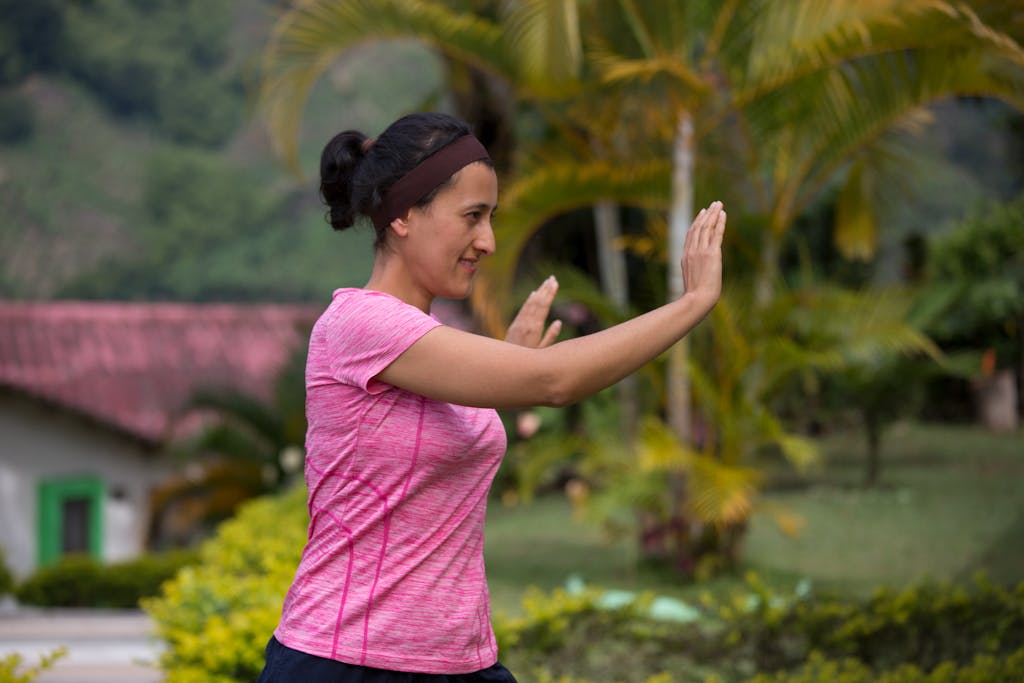
Why it’s great: Tai Chi is an ancient Chinese practice that combines slow, graceful movements with deep breathing.
It’s fantastic for improving balance, flexibility, and overall joint function.
How to do it:
- Join a beginner Tai Chi class or follow an online guided session.
- Focus on slow, flowing motions that enhance coordination and relieve stiffness.
- Practice for 10–20 minutes a day to see steady improvements.
Tai Chi is sometimes called “meditation in motion”—it’s a relaxing way to keep your body moving while reducing stress and tension.
7. Pilates
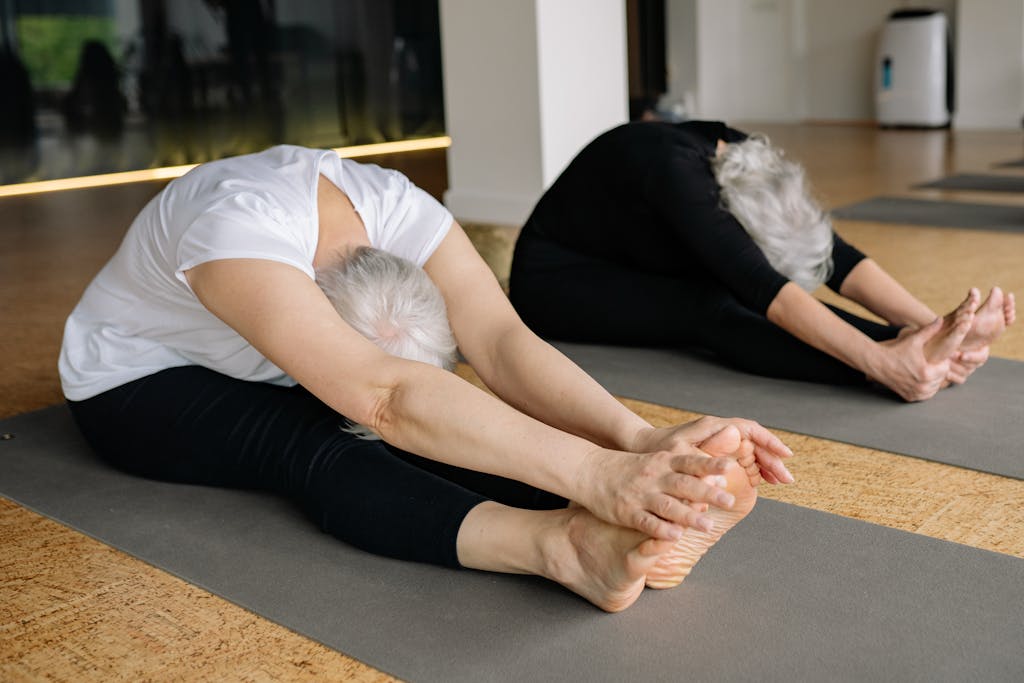
Why it’s great: Pilates focuses on core strength, posture, and gentle muscle toning, making it an excellent choice for protecting the joints.
It helps stabilize your body, reducing strain on the knees and hips.
How to do it:
- Start with a beginner-friendly class or an online tutorial.
- Look for low-intensity mat Pilates or try reformer Pilates for guided support.
- Focus on breathing and controlled movements to engage your muscles without overexertion.
Pilates is a wonderful way to build strength, improve posture, and enhance overall mobility without harsh impact.
Tips for Exercising Safely with Joint Pain
✔ Warm Up First – Always do light movements or stretches before starting to prevent stiffness.
✔ Start Slow – Ease into new exercises and increase intensity gradually.
✔ Listen to Your Body – If an exercise causes pain (not just discomfort), modify or stop.
✔ Use Supportive Footwear – Proper shoes provide stability and reduce joint strain.
✔ Stay Consistent – Regular movement helps maintain joint health and flexibility over time.
Final Thoughts
Getting older doesn’t mean giving up movement—it just means choosing the right kind of movement!
Low-impact exercises allow you to stay active, protect your joints, and enjoy everyday life without pain.
So, whether you take a walk, stretch, or enjoy a swim, keep moving in a way that feels good for your body. Your joints will thank you for it!
👉 Which of these exercises are you excited to try? Let me know in the comments below!

